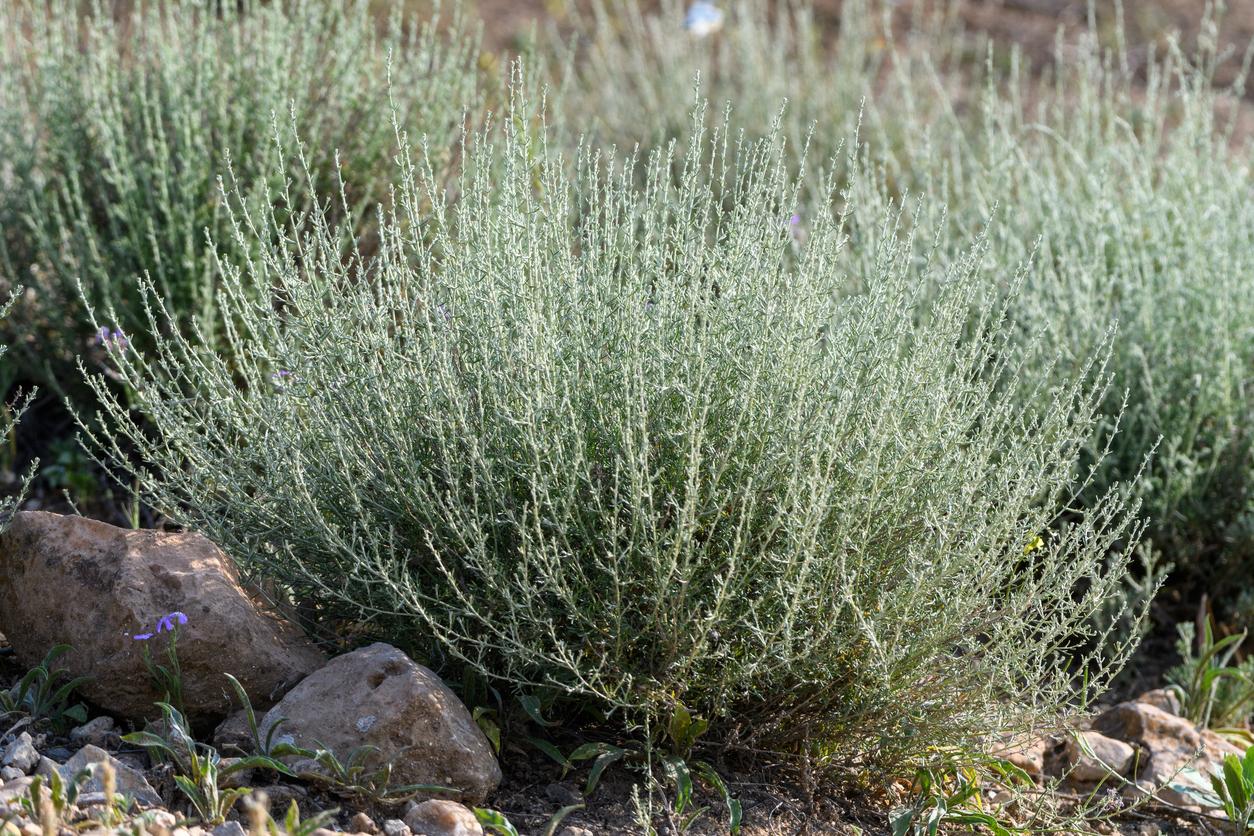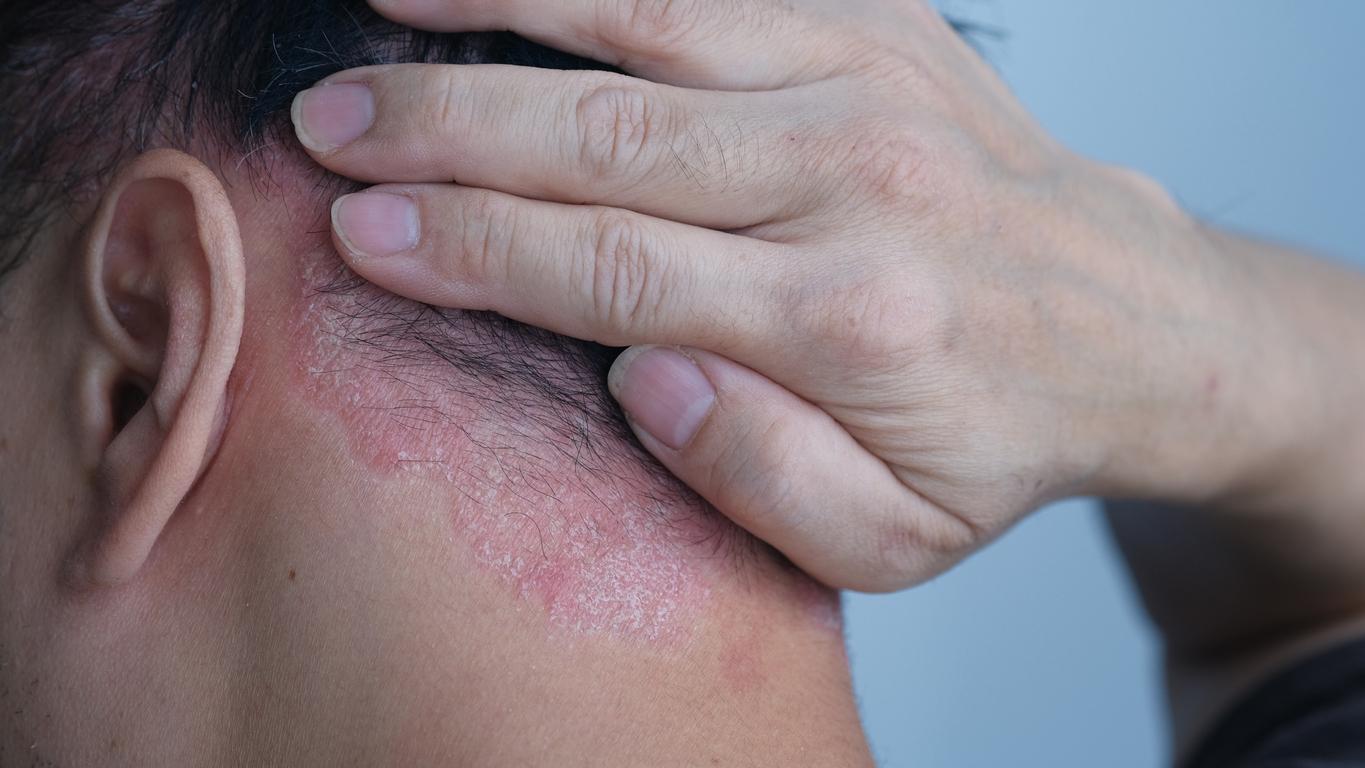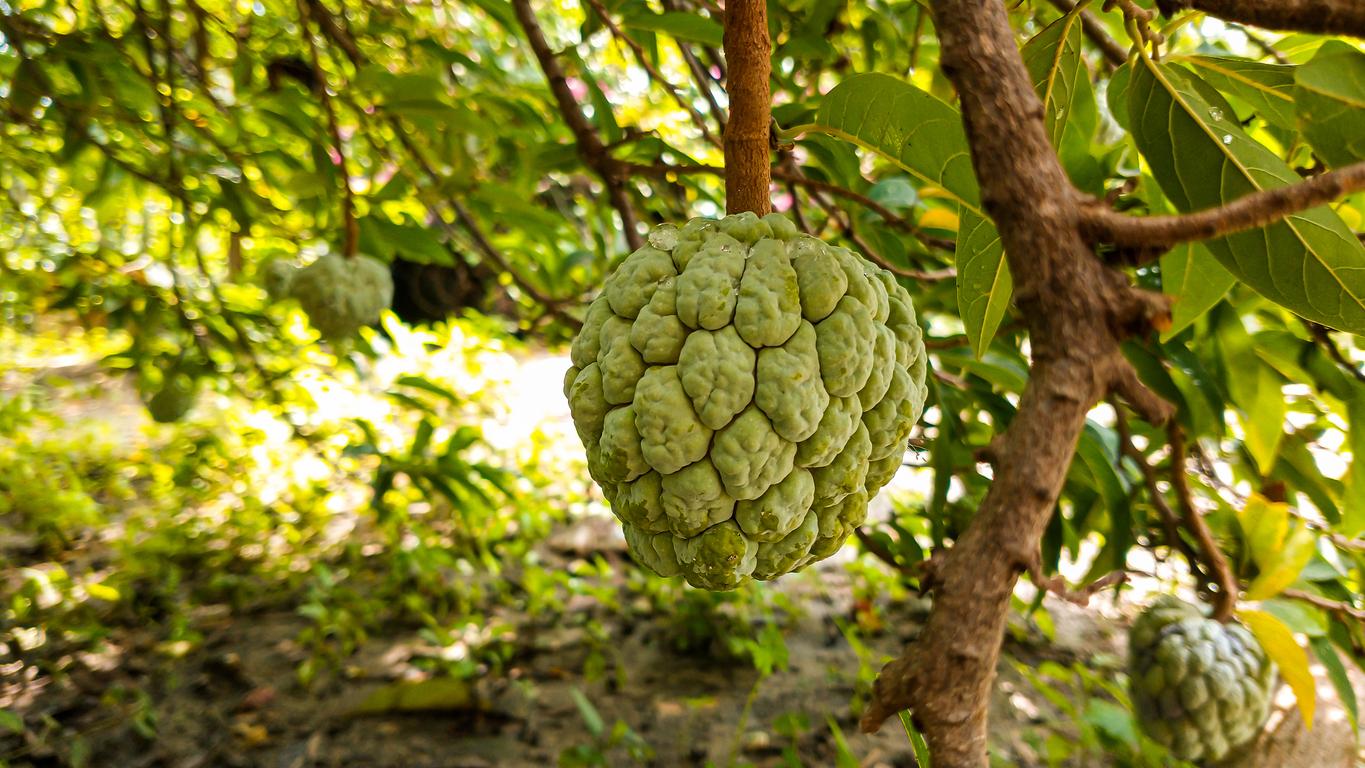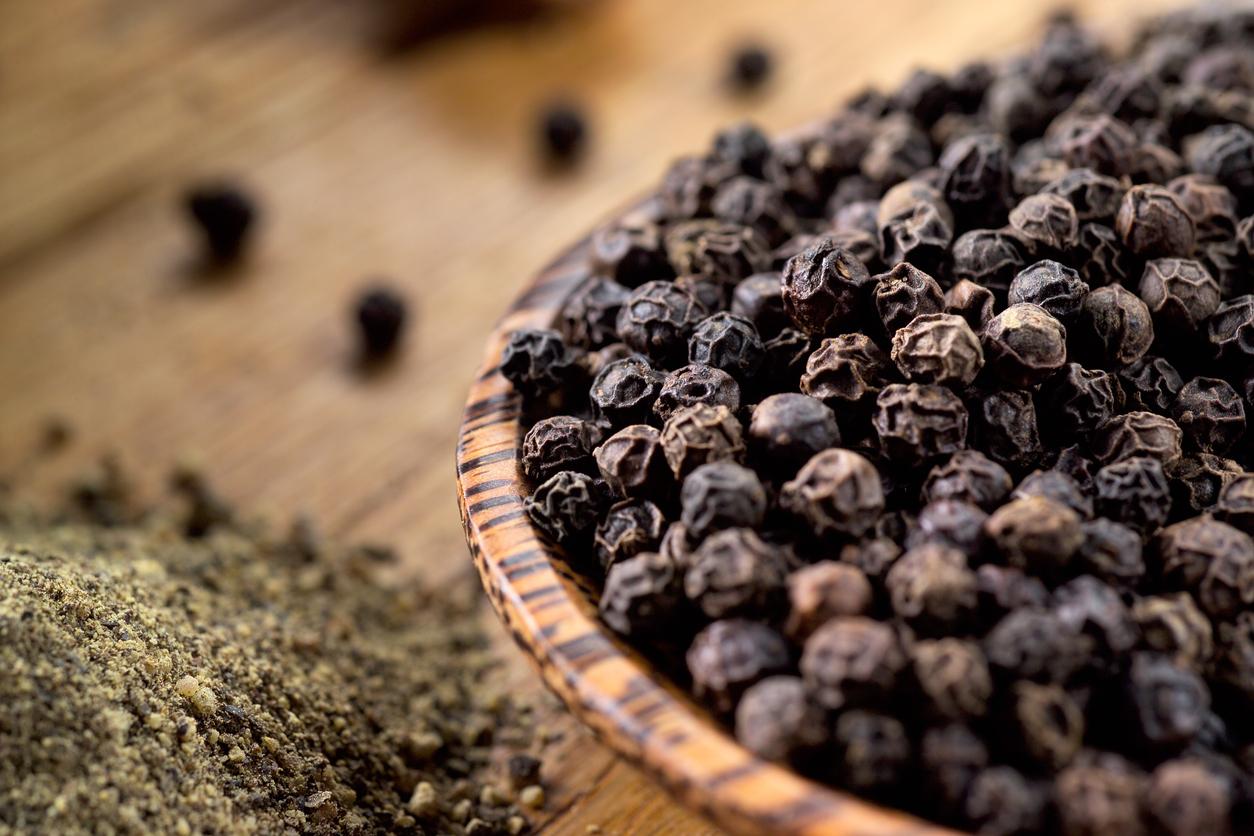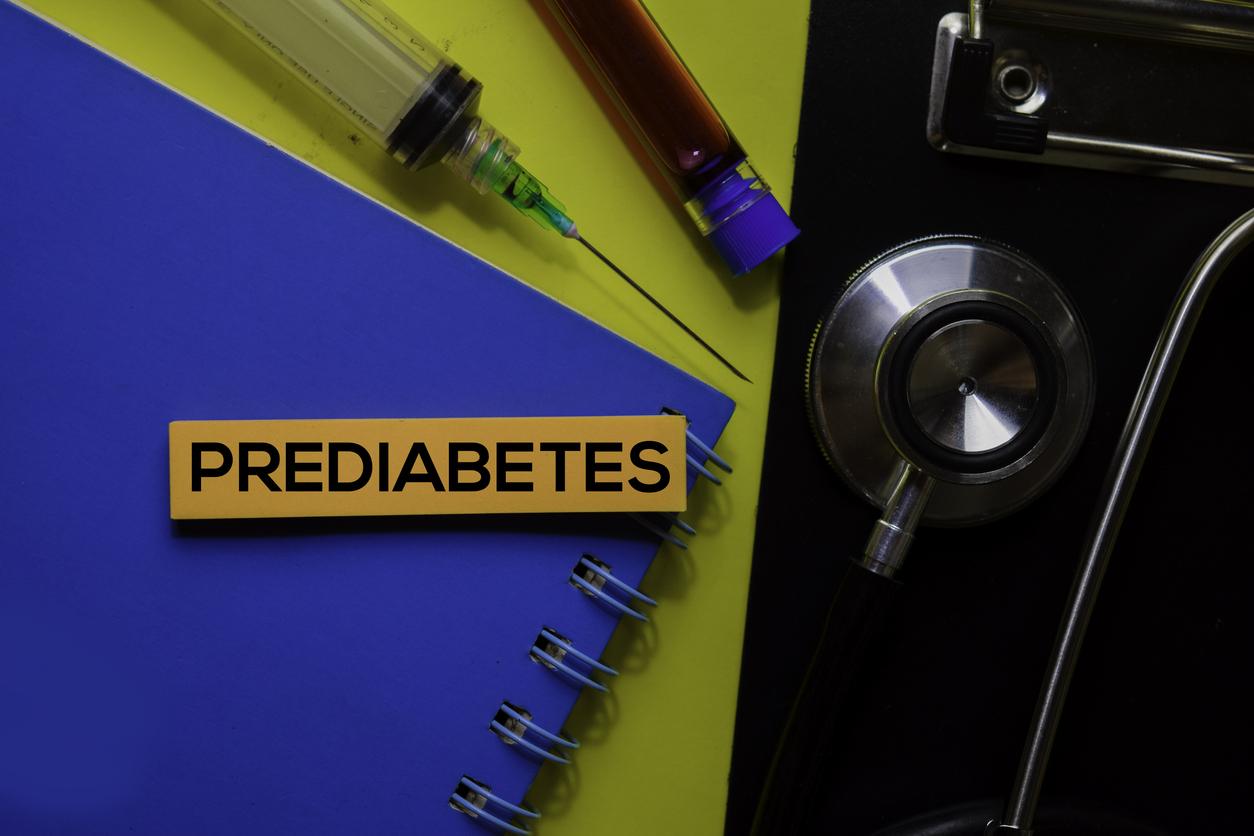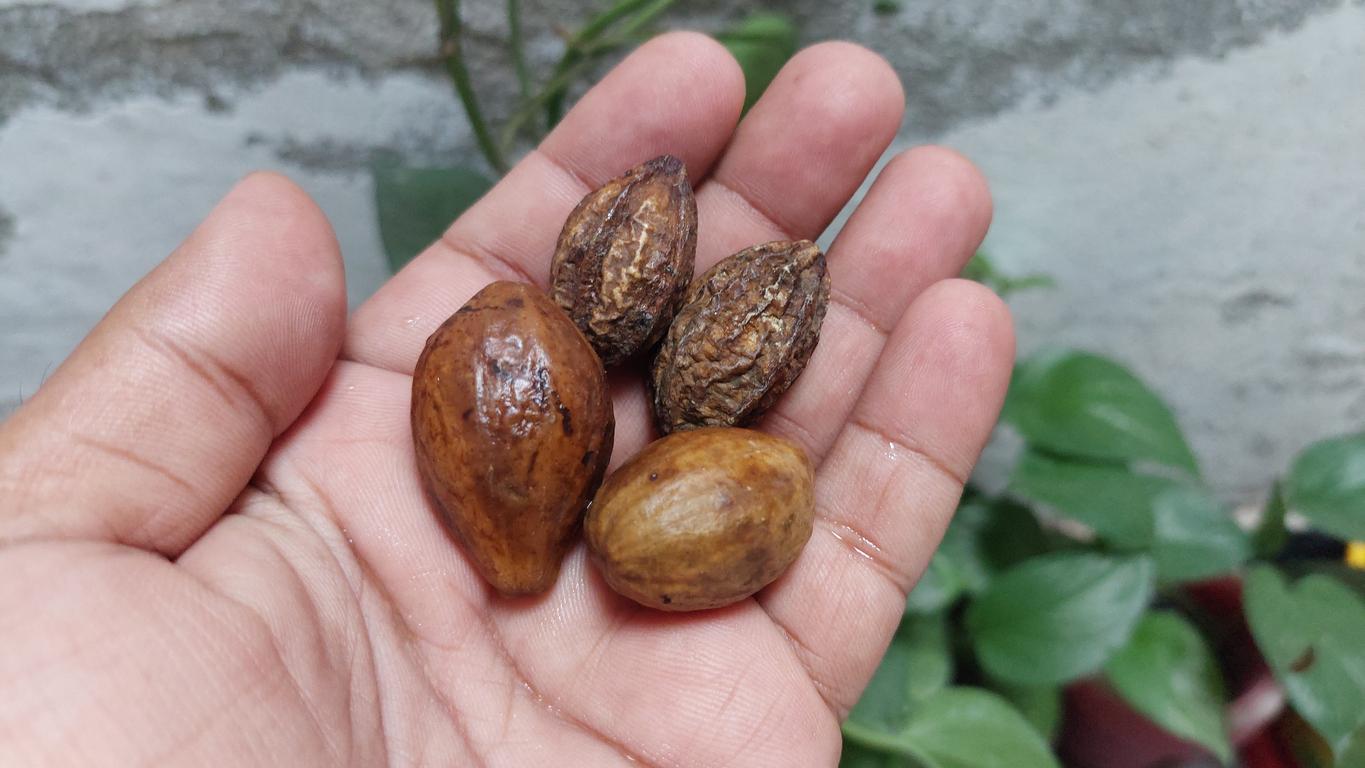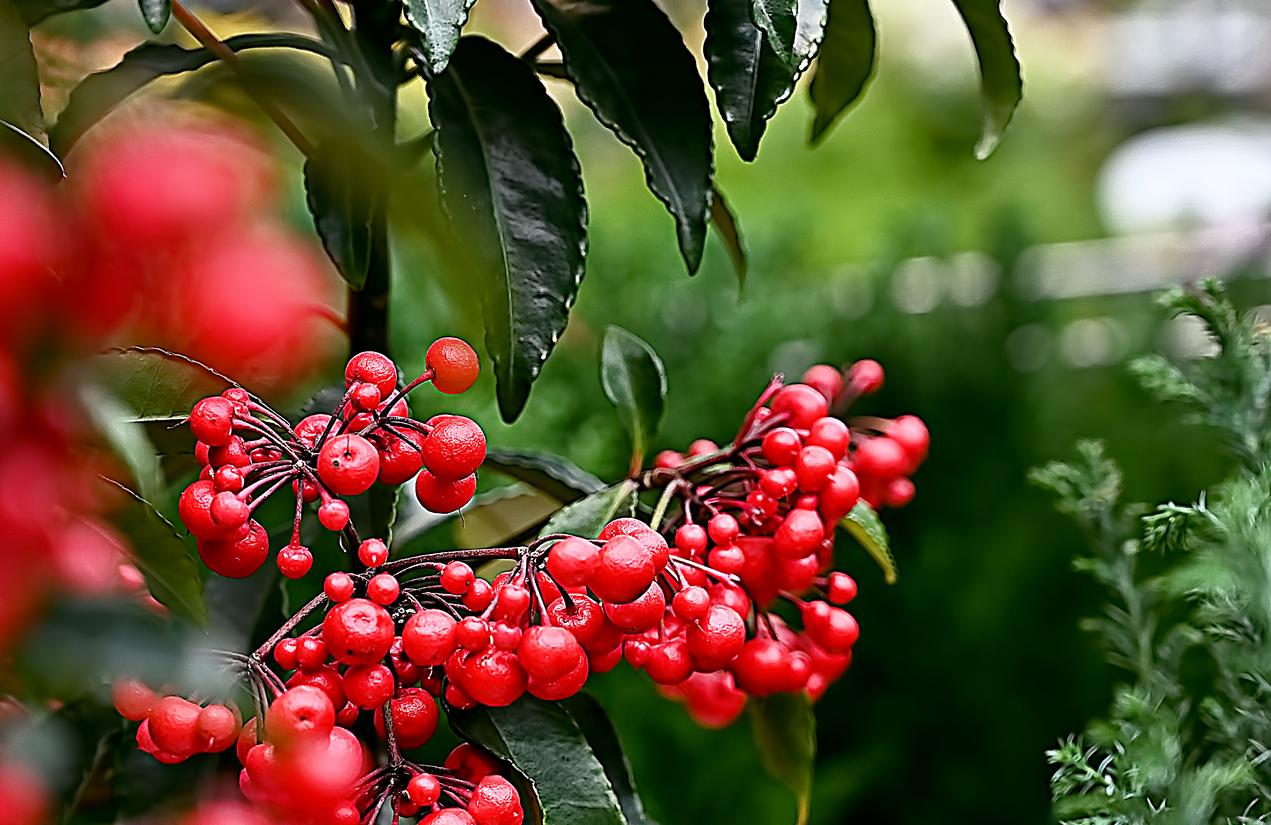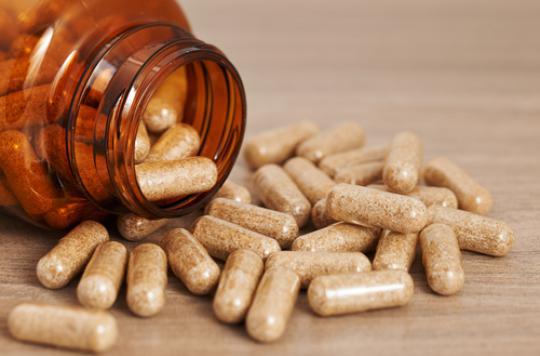
SURVEY – Herbal medicine products do not all fall under the same regime. The drug status, which guarantees their good quality, is preferred by health professionals. Food supplements, easier to market but less well controlled, are much more numerous.
Herbal medicine is easily accessible to whoever wants it. Almost 40 herbal medicines are on the open access list of medicines. Availability that is not without risk. But the drug title is a guarantee of quality among the various herbal medicine products. All do not benefit from the same status vis-à-vis the health authorities and therefore from the same supervision from a safety point of view. Those who have obtained this title are undoubtedly the most watched. The National Medicines Safety Agency (ANSM) is responsible for evaluating the arrival on the market of these products and their compliance in pharmacies.
Herbal medicine products fall into four categories: bulk herbal medicines, pharmaceutical preparations, industrially produced herbal medicines and food supplements. The ANSM issues three types of marketing authorizations (AMM). “In these three cases, they are medicines,” specifies An Lê, head of the homeopathic medicinal products pole, based on plants and preparations at the ANSM. They are therefore under a pharmaceutical monopoly and can only be sold in pharmacies or, where applicable, delivered to hospitals. “
Regular checks
Insofar as these products take advantage of plants, they are subject to controls. “We (ANSM) are responsible for describing the quality of the herbal raw materials that make up the formulation of drugs or medicinal plants that can be delivered in bulk or as a preparation in pharmacies only,” explains An Lê.
For example, the pesticide content is checked, as is the dose of active principle, which may vary depending on the place of cultivation. Moreover, inspections are regularly carried out on the manufacturing and production sites of the plants. In this, “the products bought in pharmacies have a safety much higher than what one finds on the markets or elsewhere, estimates Jacques Pothier, lecturer at the faculty of pharmacy of Tours. The standards make it possible to avoid missing out on a toxic product. “
Checks are also carried out in the event of “pharmacovigilance accident on samples taken from patients, or on manufacturing sites during inspections”, specifies An Lê, that is to say when an incident such as one side effect is reported. In 2001, the ANSM has thus withdrawn from the market several containing Japanese star anise, toxic for the nervous system.
The leaflets are then updated, in order to warn about contraindications and drug interactions, such as St. John’s Wort, which can interact with oral contraception, anticoagulants and other drugs where the error is not. allowed. “Healthcare professionals and patients are informed of drug interactions and precautions for use. At European level, a specialized committee has been meeting since 2004. It notably establishes reports on the efficacy and toxicity of certain plants.
Relaxed procedures
It is partly on this basis that MA dossiers are assessed. The first category, traditional MAs, is subject to the same conditions as for chemical drugs such as paracetamol or ibuprofen. The latest authorization of this type concerns Sativex, a painkiller derived from cannabis. The procedure is relaxed for drugs available for at least 10 years on the market, if they have proven their effectiveness by scientific publications. This is called an MA for well-established medical use.
The third category, which is even more flexible, is however more complex. It is part of the traditional use of plants: the products must be on the market for at least 30 years, but at least 15 years in a country of the European Union. Their indication must be precise but the effectiveness not necessarily demonstrated by scientific publications. The 562 plants listed in the French Pharmacopoeia, such as petite wormwood, sage or poppy, may fall under this type of procedure. Note that only pharmacists are authorized to issue them.
In the eyes of Dr Jean-Christophe Charrié, general practitioner in La Rochelle, this arsenal is a guarantee of quality. “I only prescribe products that can be found in pharmacies,” he says. It is important for me that the pharmacist plays his role of controlling the prescription and the quality of the product. “
Two regimes coexist
The ANSM conducts regular exchanges with two other health authorities: the Food, Environmental and Occupational Health Safety Agency (ANSES) and the General Directorate for Competition, Consumption and Law Enforcement. fraud (DGCCRF). These are the bodies that monitor the marketing of food supplements, which can integrate the category of herbal medicine. Their definition differs from that of the medicinal product since they are described, in a decree of March 2006, as foodstuffs “the purpose of which is to supplement the normal diet and which constitute a concentrated source of nutrients or other substances. having a nutritional or physiological effect alone or in combination ”.
Health professionals are generally not in favor of these food supplements. It must be said that their regulation is much less rigorous than that of drugs, despite a nutrivigilance system set up by France. in 2009. There is no need for manufacturers to perform non-toxicity studies or to demonstrate the efficacy of the product. In terms of doses, flexibility is also required: the regulations simply require producers to post the recommended daily portion and a warning against exceeding the recommended doses. And if the packaging is prohibited from mentioning an interest in the prevention or treatment of diseases, it can nevertheless display health claims, according to a published list. by the European Commission.
Avoid incidents
Gilles Bonnefond, president of the Union of dispensing pharmacists (USPO), observes: the choice of ease is often made to the detriment of quality, which explains the coexistence of drugs and food supplements in pharmacies. “We ask laboratories to do their job and guarantee quality and safety, and assume the pharmacovigilance that goes behind”, he slices.
Jean-Christophe Charrié, general practitioner in La Rochelle: ” There is a legal vacuum that makes the products come out as food supplements. When you’re a doctor, you have to sort things out. “
This choice is not necessarily for the best because the supervision is less strict, which favors errors. Consumers not always aware of these differences; “The biggest chemical plant is the plant,” recalls Gilles Bonnefond. It is formidably effective and sometimes toxic. “Hence the importance of a precise dosage subject to regular and strict controls.
.









